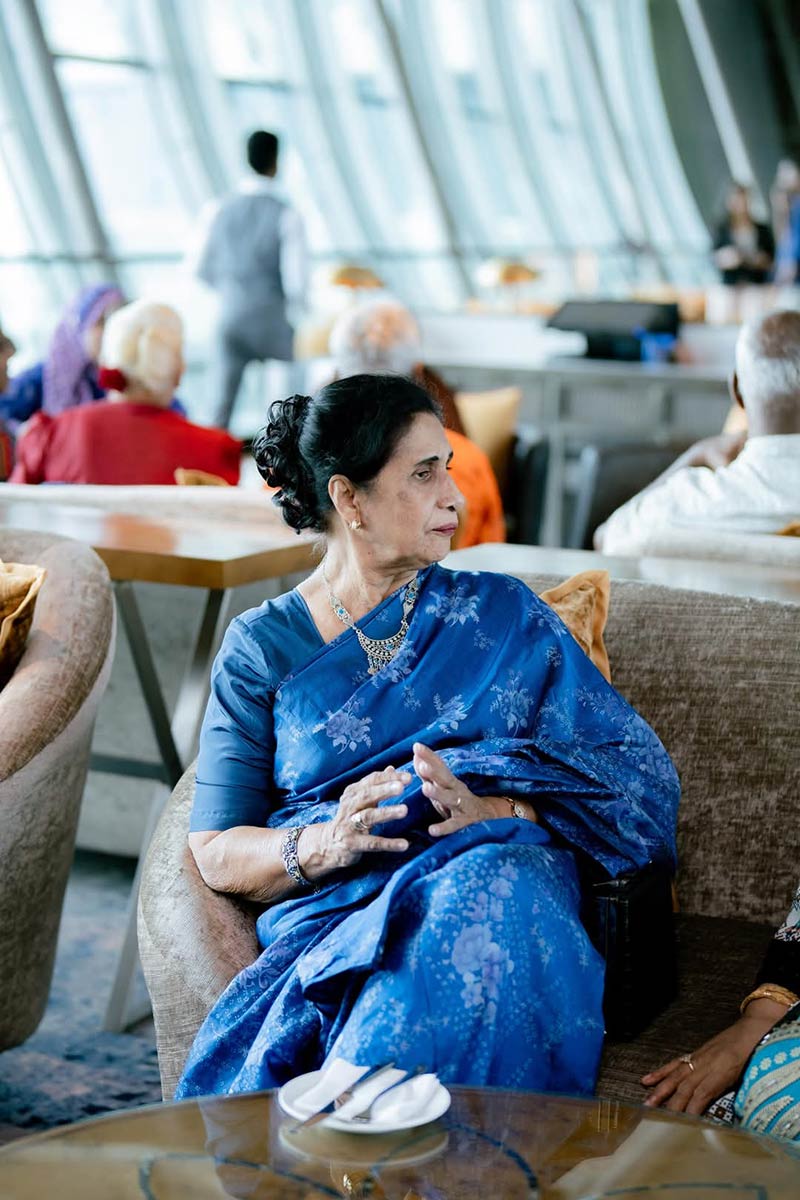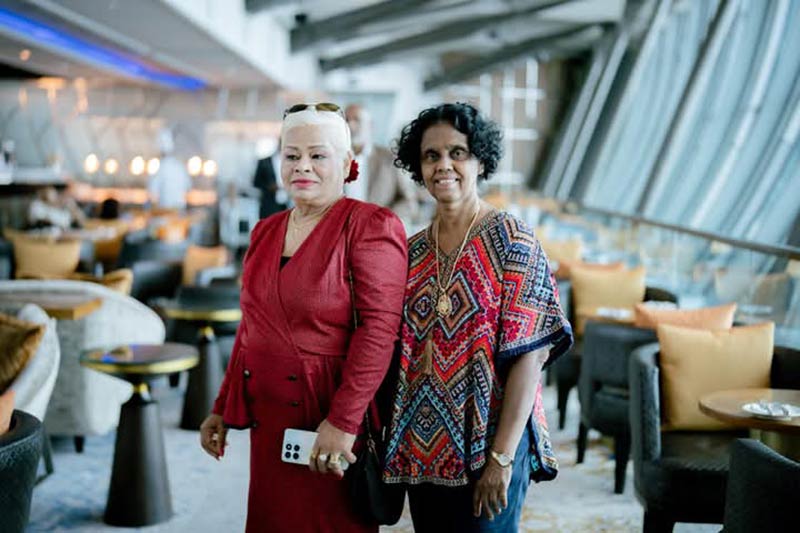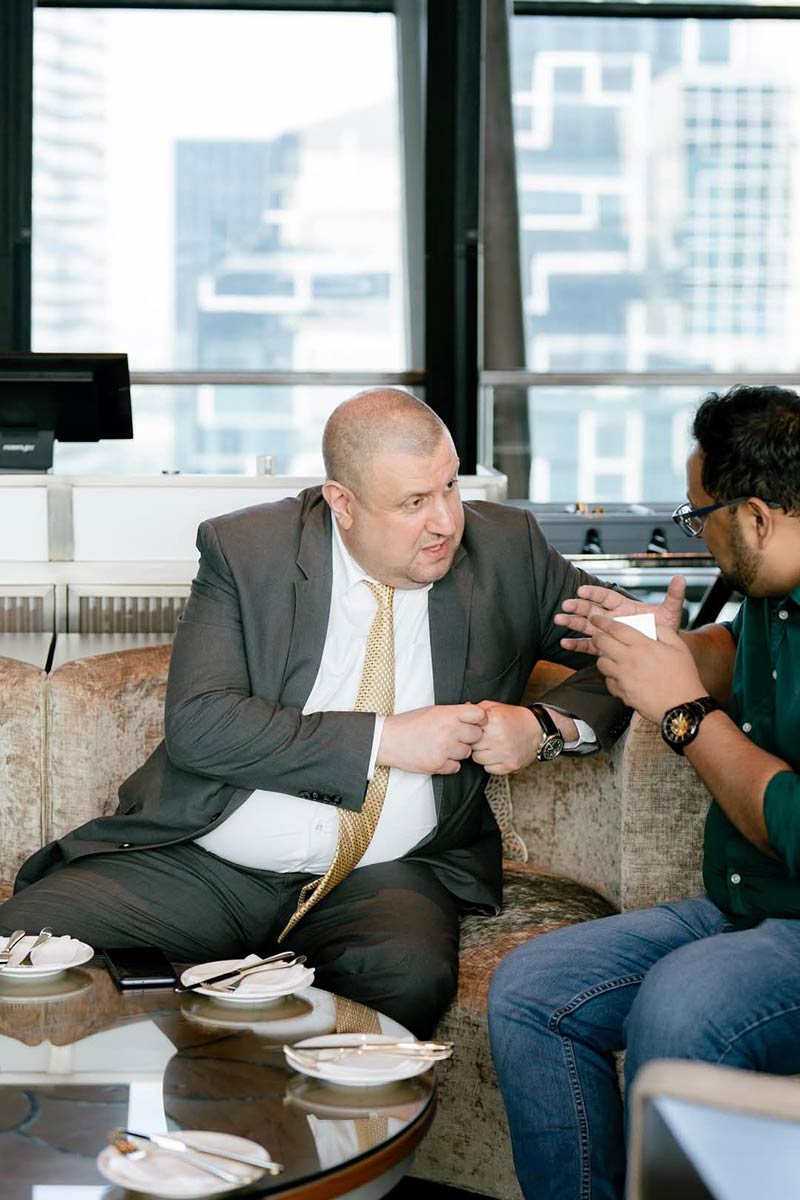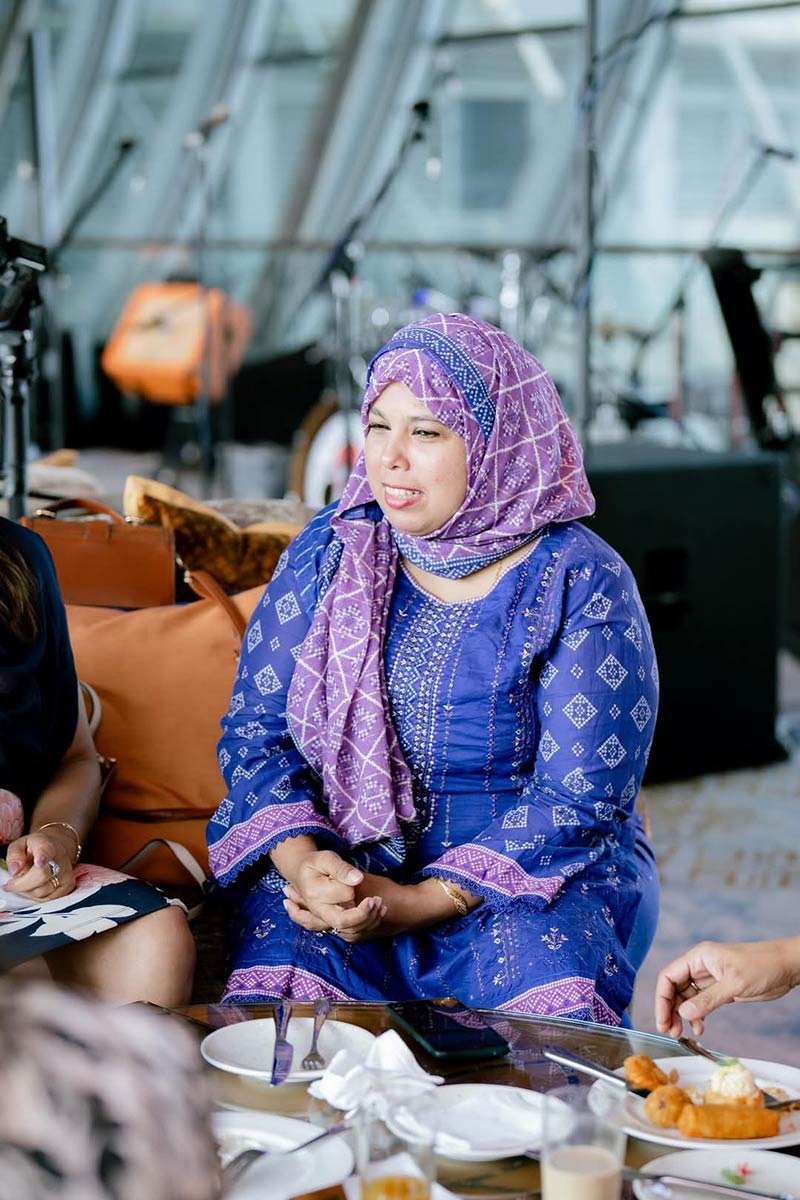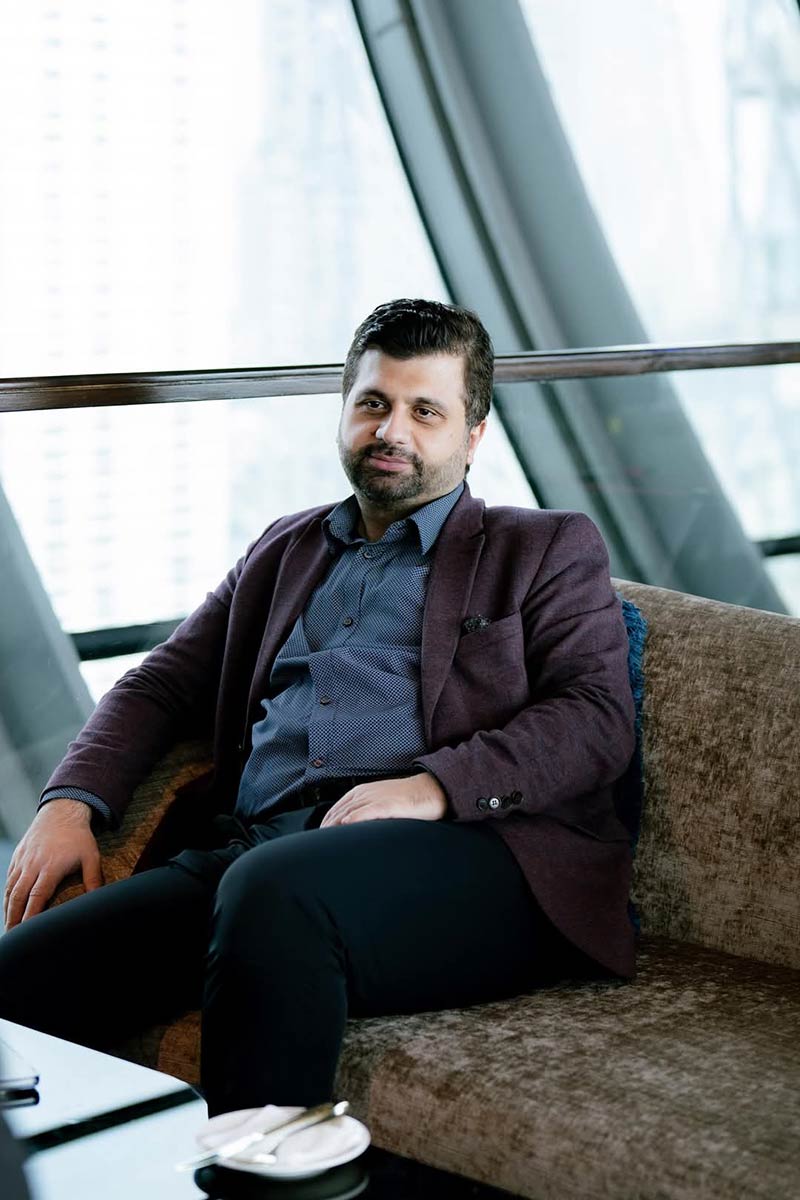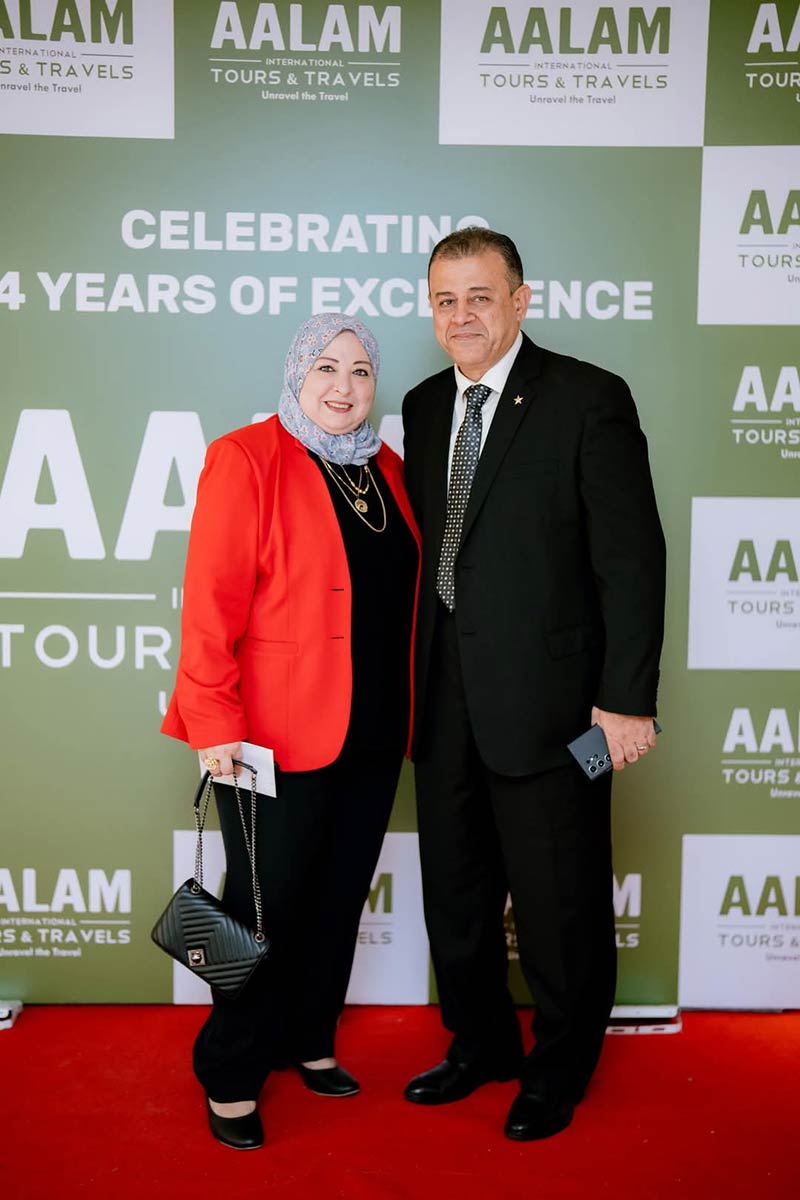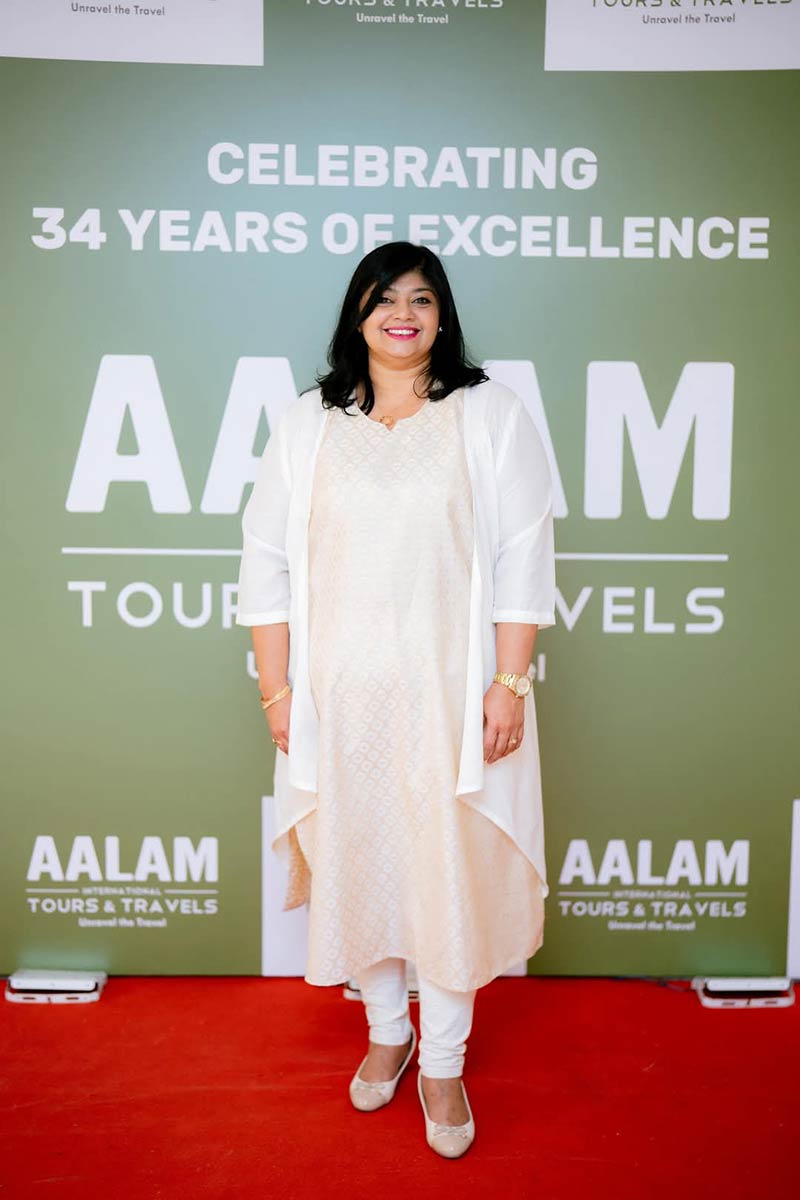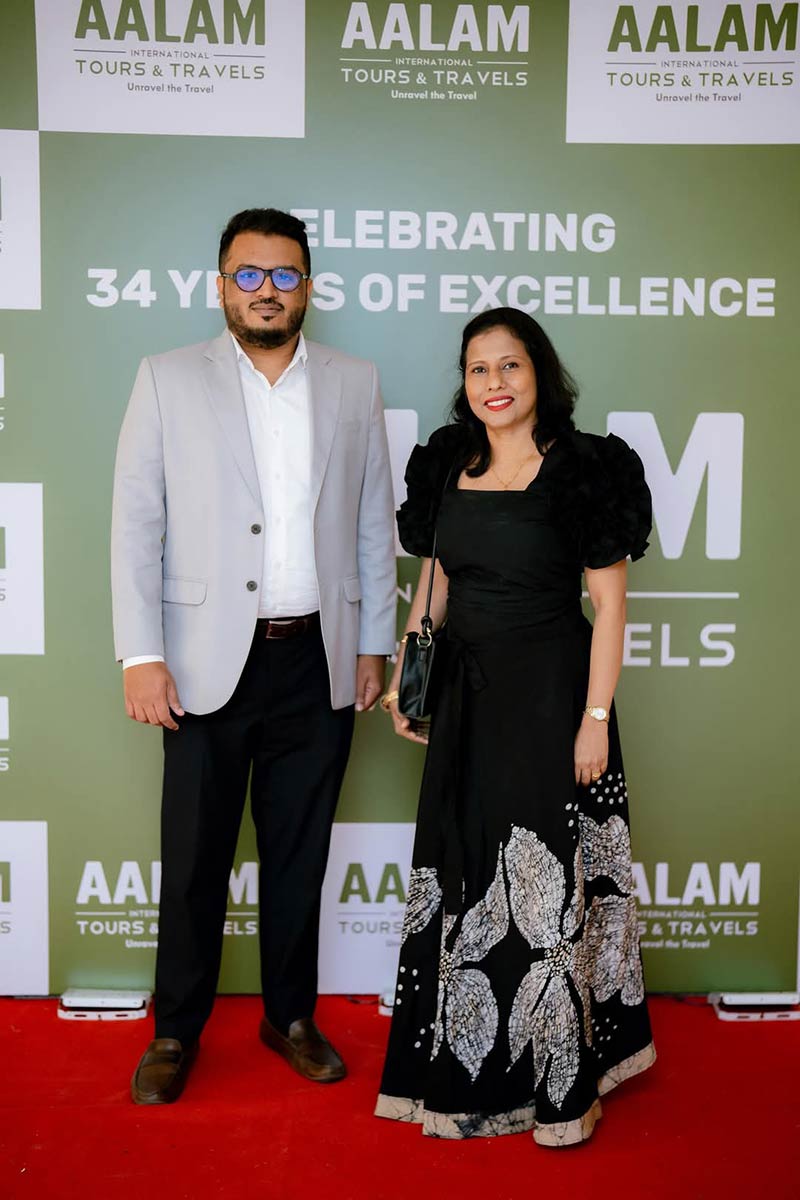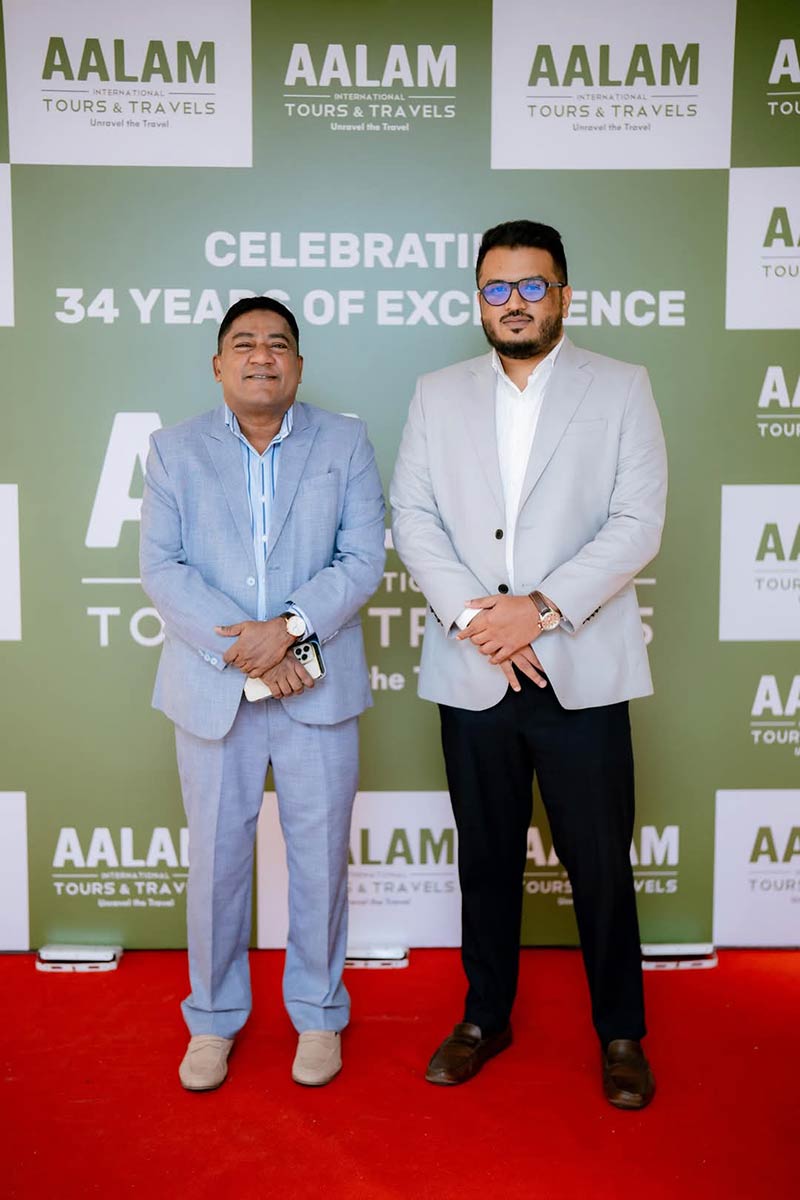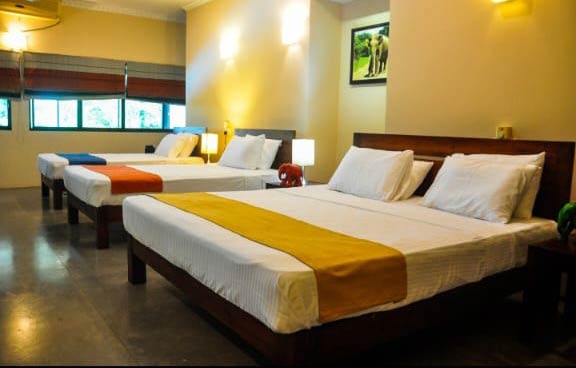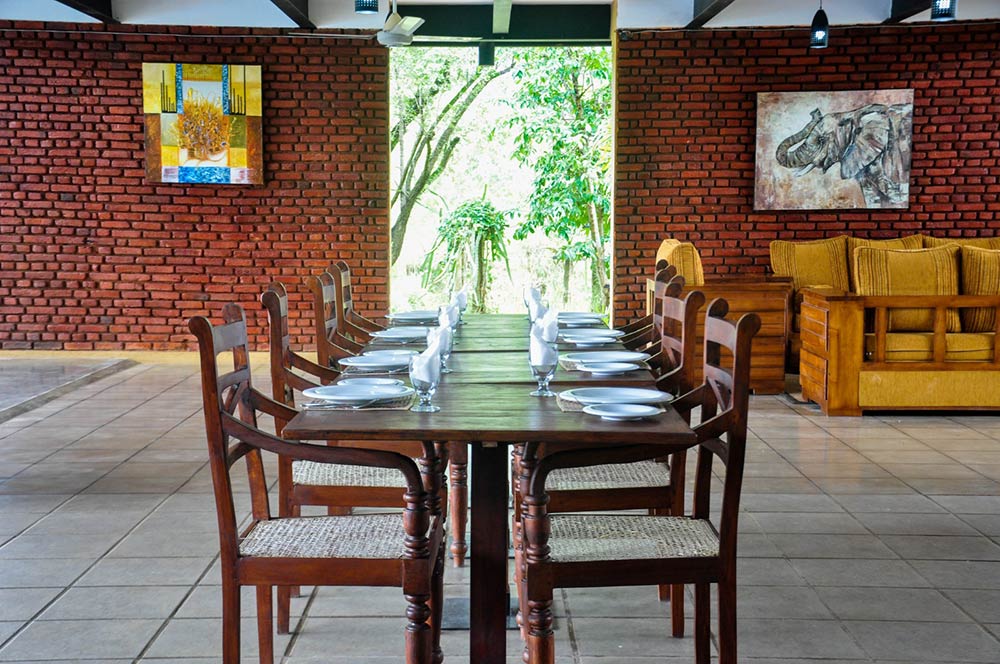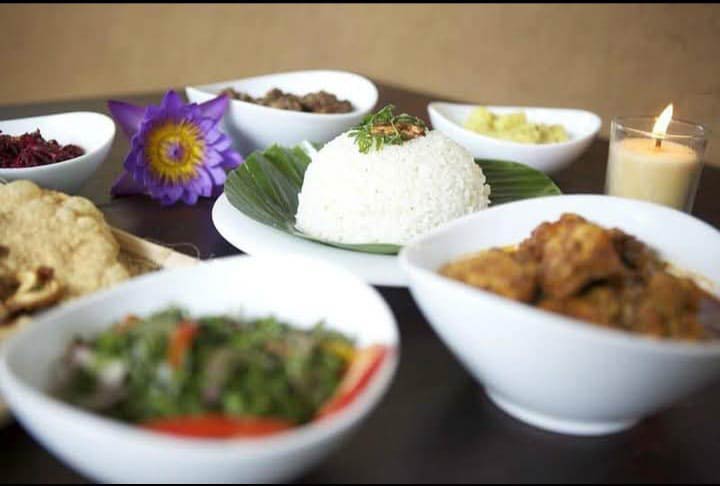Life style
Amunugama’s book on Anagarika captures international review interest

SARATH AMUNUGAMA: The Lion’s Roar: Anagarika Dharmapala and the Making of Modern Buddhism. Oxford: Oxford University Press, 2019; pp. ix + 556.
Sarath Amunugama’s The Lion’s Roar: Anagarika Dharmapala and the Making of Modern Buddhism offers a comprehensive yet very readable account of the life and influence of Anagarika Dharmapala (1864–1933). In Sri Lanka, Dharmapala is revered for reviving Sinhalese Buddhism and for restoring Sri Lankan pride during a period of colonial domination. He is also admired for his lifelong struggle to establish Buddhist management of Buddhist sacred sites in India. Scholars of religion have tended to identify Dharmapala as the founder of “Protestant Buddhism,” that is to say, of a form of Buddhism heavily influenced by “Protestant” thinking in its doctrines and forms and thus rendered acceptable to the modern mentality.
Dharmapala has also been branded as an early proponent of the kind of chauvinistic and nationalistic Buddhism evident in Sri Lanka in the recent conflict between Sinhalese Buddhists and Tamil Hindus. A great merit of Amunugama’s book is that  it provides a sound basis to arrive at a more complete picture of Dharmapala than has been heretofore possible. The author first locates Dharmapala (born Don David Hewavitarne) in the context of social and economic changes in Sri Lanka during the colonial period, particularly as these relate to the revival of Buddhism in the late nineteenth century. Dharmapala’s family belonged to the new merchant class who had prospered through the opening of commercial plantations by the British. Elements of this new nativist elite, with Dharmapala’s father at the forefront, formed strong bonds with the Buddhist sangha and laid the foundations for the early Sinhala-Buddhist revival and resistance to missionary influence and colonial paternalism.
it provides a sound basis to arrive at a more complete picture of Dharmapala than has been heretofore possible. The author first locates Dharmapala (born Don David Hewavitarne) in the context of social and economic changes in Sri Lanka during the colonial period, particularly as these relate to the revival of Buddhism in the late nineteenth century. Dharmapala’s family belonged to the new merchant class who had prospered through the opening of commercial plantations by the British. Elements of this new nativist elite, with Dharmapala’s father at the forefront, formed strong bonds with the Buddhist sangha and laid the foundations for the early Sinhala-Buddhist revival and resistance to missionary influence and colonial paternalism.
Although educated in missionary schools (which gave him deep knowledge of Christian scripture and Western thought), Dharmapala was given special instruction in Buddhism and Sinhala language at home. When the Theosophical delegation headed by Madame Blavatsky and Colonel Olcott arrived in Colombo in 1880, the young Dharmapala was present along with his father and uncle to welcome them. (Olcott and Blavatsky publicly adopted the Buddhist faith soon after their arrival in Sri Lanka.) Dharmapala’s relationship with the Theosophists and the influence they had on him is an important and very interesting aspect of Amunugama’s book. It was Madame Blavatsky who encouraged Dharmapala to master Pali. (He was later instrumental in establishing a department of Pali at Calcutta University.) Blavatsky also encouraged him to make a pilgrimage to Bodhgaya, the site of the Buddha’s Great Awakening (mahabodhi) in northern India.
The 19-year-old Dharmapala travelled through southern Sri Lanka as Olcott’s translator and learnt the art of public speaking and the importance of education and role of the printing press in spreading the message. The importance these aspects assumed in Dharmapala’s “mission” is covered in detail in the book. It was also under the influence of the Theosophists that Dharmapala envisioned a new role for himself as a celibate “homeless one” (anagarika): neither a layperson pursuing worldly goals nor a monk enmeshed in rituals and cultural prescriptions, limited by the caste and other restrictions on the Sri Lankan clergy of his day. Fortunately, his wealthy parents supported his new vocation.
The book provides insight into Dharmapala’s thinking and motivation through detailed attention to his diaries and hitherto unpublished letters. Surprisingly, Dharmapala spent the greater part of his life in India. His first visit came about because of his involvement in the Theosophical Society, which had established its headquarters in Madras (Chennai). A substantial portion of the book considers Dharmapala’s establishment of the Mahabodhi Society and his efforts to return the sacred site in Bodhgaya and the site of the Buddha’s first teaching in Sarnath to Buddhist hands. It also details his relationship with the Bengali intelligentsia (the bhadralok) and discusses the impact of nascent Hindu nationalism on his thinking and his links with Hindu revivalists. (Swami Vivekananda and Dharmapala were both prominent figures at the world Parliament of Religions in Chicago in 1893.)
Dharmapala’s international connections with Japan, Britain, and the United States are explored in some detail. Readers interested in the broader influence of Dharmapala and his ideas on political and social movements beyond his lifetime will also find much of value in this book. Amunugama suggests that Dharmapala was more of an internationalist than a nationalist. He argues that Dharmapala’s Sri Lankan nationalism needs to be seen in the context of colonial oppression and British condescension to Sri Lankan cultural and spiritual values. One of Dharmapala’s goals was the restoration of Sinhalese selfrespect. More broadly, he believed that Buddhism had a message for all humanity.
After his first visit to Bodhgaya in 1891, Dharmapala committed himself to work towards the re-establishment of Buddhism in aryavarta (northern India) and the propagation of the word of the Buddha in Asia and the West. It is evident that Dharmapala’s mastery of Pali and his study of original Buddhist texts were as much responsible for the direction of his moral and religious thinking, as was Protestant influence. Amunugama makes clear that Dharmapala’s position did not involve a repudiation of traditional Buddhism. It was also the reading of original Buddhist texts that led Dharmapala to reject Theosophy. Certainly, he was critical of the laxity of monks and encouraged lay religiosity, but he aspired to be a bodhisattva working for the good of humanity in all his future lives.
Dharmapala died in Sarnath a fully ordained monk. There is value in the detailed analysis provided by Amunugama, but the book is longer than it needs to be. Considerable repetition could have been avoided by some reorganisation. Some sections of the book would perhaps have been better left to journal articles, for example, the chapter on John de Silva and the Sinhala Nationalist Theatre and the chapter on the role of the printing press in the Buddhist revival.
Life style
Aalam Travels shared vision for future

Aalam International Tours and Travels marked 34 years of excellence with a gathering to celebrate strong relationships, loyal customers and a shared vision for the future of travel at the Ahase Loung. ITC Ratnadipa, Colombo. There were many invitees, diplomats, and loyal customers and partners
Aalam travels have the credit of crafting unforgettable journeys that reflects travel aspirations while embracing many memories of a truly Sri Lankan holidays. Endless destinations, mesmerizing sceneries and travelling adventures resonate strongly with Aalam travels
Founded in 1991, Aalam International has built a distinguished reputation as one of Sri Lanka’s leading tour operator. Specializing in group tours, pilgrimage services and tailor-made travel solutions for destinations worldwide, they have been delivering personalized, hassle-free travel experiences for over 34 years. From offering end-to-end services including visa processing and accommodation arrangements to guided tours, Aalam International has consistently been a trusted name in the industry, known for their attention to detail and unwavering commitment to customer satisfaction.
This event is a milestone in Aalam International’s journey. It’s not just a celebration of their past achievements, but also an opportunity to honor the strong relationships they’ve built with their loyal customers, partners, and distinguished guests, including ambassadors from various nations.’
This high tea is more than just an afternoon gathering; it’s a celebration of the connections that have been fostered over the years and the exciting journeys yet to come. (Zanita)
Life style
Sri Lanka’s First Super-Specialty Acne Lab

Christell Luxury Wellness unveiled its state-of-the-art Christell Acne Lab, a first-of-its-kind super-specialty clinic in Sri Lanka dedicated to advanced acne treatment. At the core of the Acne Lab is Christell’s unique and fivestep pathway to glow with confidence, a scientifically designed methodology that offers a personalized, holistic approach to acne care.
With over three decades of experience in skincare innovation, Christell’s Acne Lab promises not just clear skin but also a renewed sense of confidence for patients of all ages and skin types.
The five -step pathway to glow with confidence
Pre-consultation – building the foundation
Every patient begins their journey with a detailed initial assessment, including imaging, lifestyle analysis, and skincare product reviews. The process is designed to identify underlying factors like dietary habits, stress levels, and past reactions, ensuring a tailored approach to treatment.
Doctor consultation – crafting your personalized plan
Patients undergo an in-depth medical history review, skin examination, and precise diagnosis with Christell’s expert doctors. A customized treatment plan is created, addressing both the visible effects and root causes of acne while setting achievable goals.
3. Post-consultation and treatment – transforming skin,one step at a time
clinical support specialist walks patients through their personalized plan, explaining product usage, scheduling treatments, and providing support materials. Treatments are carefully executed, focusing on pre-treatment assessments, in-session care, and post-treatment recovery, with real-time progress reviews.
4. Progress assessment and lifestyle support – your Christell buddy
Christell’s continuous care approach includes regular check-ins with a dedicated support specialist, skin analysis, and lifestyle adjustments. Patients also gain access to exclusive resources, such as the Acne Community, workshops, and expert advice for holistic skincare management.
Celebrate progress – rewarding your glow-up
The Christell Acne Lab celebrates every milestone with rewards, including exclusive discounts, advanced face analyses, wellness treatments, and Christell’s signature goodie bags.
Life style
FarCry Boutique Hotel in Wasgamuwa – Re-opens it’s doors!
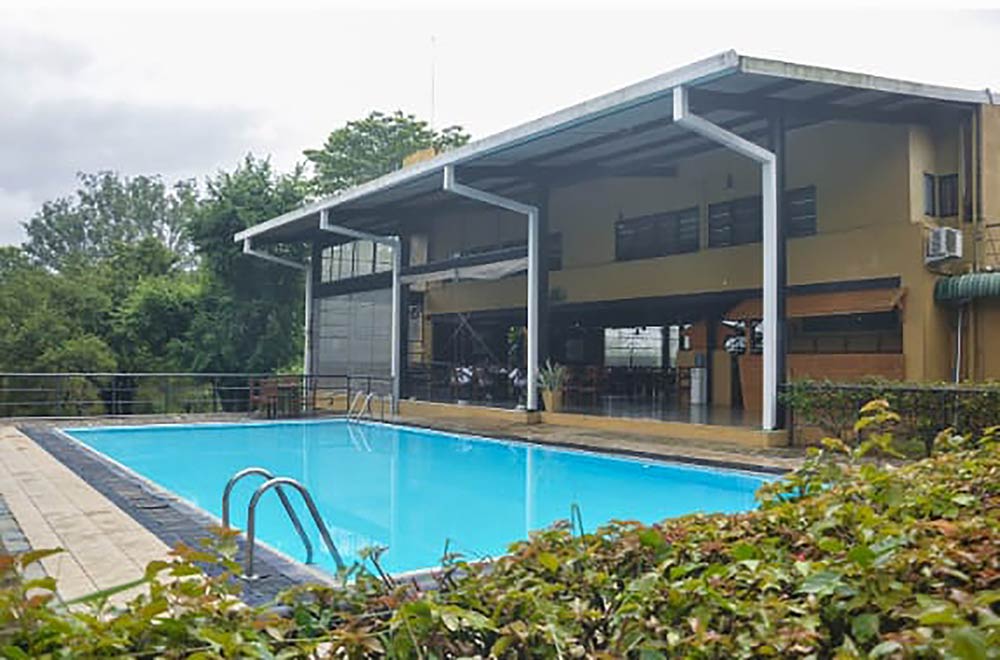
By Zanita Careem
FarCry Is a hidden gem in Wasgamuwa situated between the majestic Knuckles mountain range and the great Mahaweli, a serene location, perfect for travellers who want to escape the hustle and bustle of city life. Marrying together every element of the jungle with a chic, modern twist is a marvel to venture into the gateway of Sri Lanka’s wild to enjoy the rustic of local life and the gracious hospitality.
The resort is a mosaic of rustic charm, tasteful features and gracious hospitality. With six rooms , a restaurent and a pool,this place blends into its surroundings offering a haven for the wild cry enthusiasts and a gateway to the dis
cerning traveller. This location is perfect to experience the natural beauty of Sri Lanka and the large pool at the resort is an exceptional place to swim and relax with family and friends or simply unwind in the peaceful surroundings overlooking the Great Mahaweli. The resort is close to many popular tourist attractions including the Wasgamuwa National Park home to majestic elephants, leopards, sloth bear and many rare sighting of exotic birds and the Maduru Oya National Park, Veddhas of Dambana, Mahiyangana Temple and Sorabora Lake.
FarCry resort offers a wide range of activities within the premises from a dip in the pool to long walks in thier five acre property or explore the Great Mahaweli and enjoy the natural beauty of the area. The only sounds you hear are the rustling of the leaves,cry of rare species of birds, or beautiful peacocks displaying its fan of feathers or perched up and camouflaged at the top of the tall trees which are a common sight. It is also a a sanctuary for elephants roaming freely in the surrounding jungles,making Far Cry resort a must place to visit for wild life lovers.
Comfort is a top priority at FarCry The resort offers personalised service with a touch of class. The rooms, each named after local wild life like Diviya, Muwa, Aliya, Monara,Hava to mention a few are designed to accomadate families and groups
These spacious luxury rooms, each tucked deeply within luscious foliage, also offer privacy and seclusion.
FarCry Resort offers a serene escape where guests can re-connect with nature and indulge in a memorable experience. Each room has state of the art facilities, with tea and coffee making facilities and spacious toilets.
FarCry has made a name for its traditional Sri Lankan cuisine with bold flavours and exotic spices said Public Relations manager Nadine Fernando. We had the opportunity to taste the authentic rice and curry made to perfection, village style. We were served with rotti, kiribath and Sri Lanka spicy sambol, onions and tomatoes for morning breakfast The resort has successfully embedded on ideal, secluded dining experience The minimalist accentuate of this location brings out a sense of class, a touch of locally attributed gastronomy and the vibrant colours of Sri Lankan food to the table.
At the FarCry Resort there are many activities you can enjoy right in our premises said Nadine. For something even more exotic , a barbeque in the woods is an option, and we are hoping to revive the concept of ‘Gami Gedera’ for family style dining and other corporate functions.
Nadine also said the majority of the nature reserve is free from human interference, with its close proximity to Wasgamuwa National Park, the reserve sees frequent visits by a wide variety of birdlife and guests who will delight in seeing many rare species around the premises making it a true haven for bird watchers. Red faced malkoha,painted stork,white necked stork black headed ibis and spoonbills are seen around for a bird watcher this is a paradise!
FARCRY FARM
The onsite farm allows our guests the unique opportunity to participate in a range of activities built around rural farm life; and there’s nothing more rewarding than knowing the delicious meals we prepare were made from wholesome produce picked fresh from our farm and gardens just before it reached your table!
What is so unique about Far Cry ?
The people and the dedicated staff of six from the local village adds extra vibes of hospitality for those seeking to escape the busy city life. Soak in the sun and the jungle sounds,watch the birds in all thier glory Far Cry provides travellers with a chance to escape the city and immerse themselves in the true beauty of nature!
-

 Sports6 days ago
Sports6 days agoRemarkable turnaround for Sri Lanka’s ODI team
-

 Business6 days ago
Business6 days agoUN Global Compact Network Sri Lanka: Empowering Businesses to Lead Sustainability in 2025 & Beyond
-
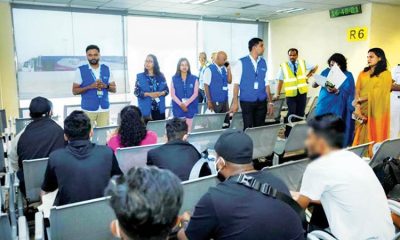
 Features6 days ago
Features6 days agoScammed and Stranded: The Dark Side of Sri Lanka’s Migration Industry
-
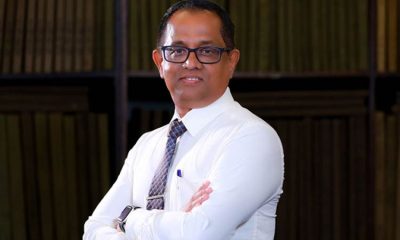
 News7 days ago
News7 days agoSpeaker agrees to probe allegations of ‘unethical funding’ by USAID
-

 Features5 days ago
Features5 days agoDon’t betray baiyas who voted you into power for lack of better alternative: a helpful warning to NPP – II
-

 Features5 days ago
Features5 days agoTwo films and comments
-

 News3 days ago
News3 days agoCommercial High Court orders AASSL to pay Rs 176 mn for unilateral termination of contract
-
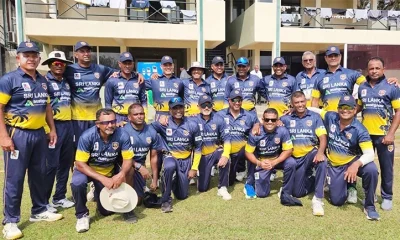
 Sports2 days ago
Sports2 days agoSri Lanka face Australia in Masters World Cup semi-final today


